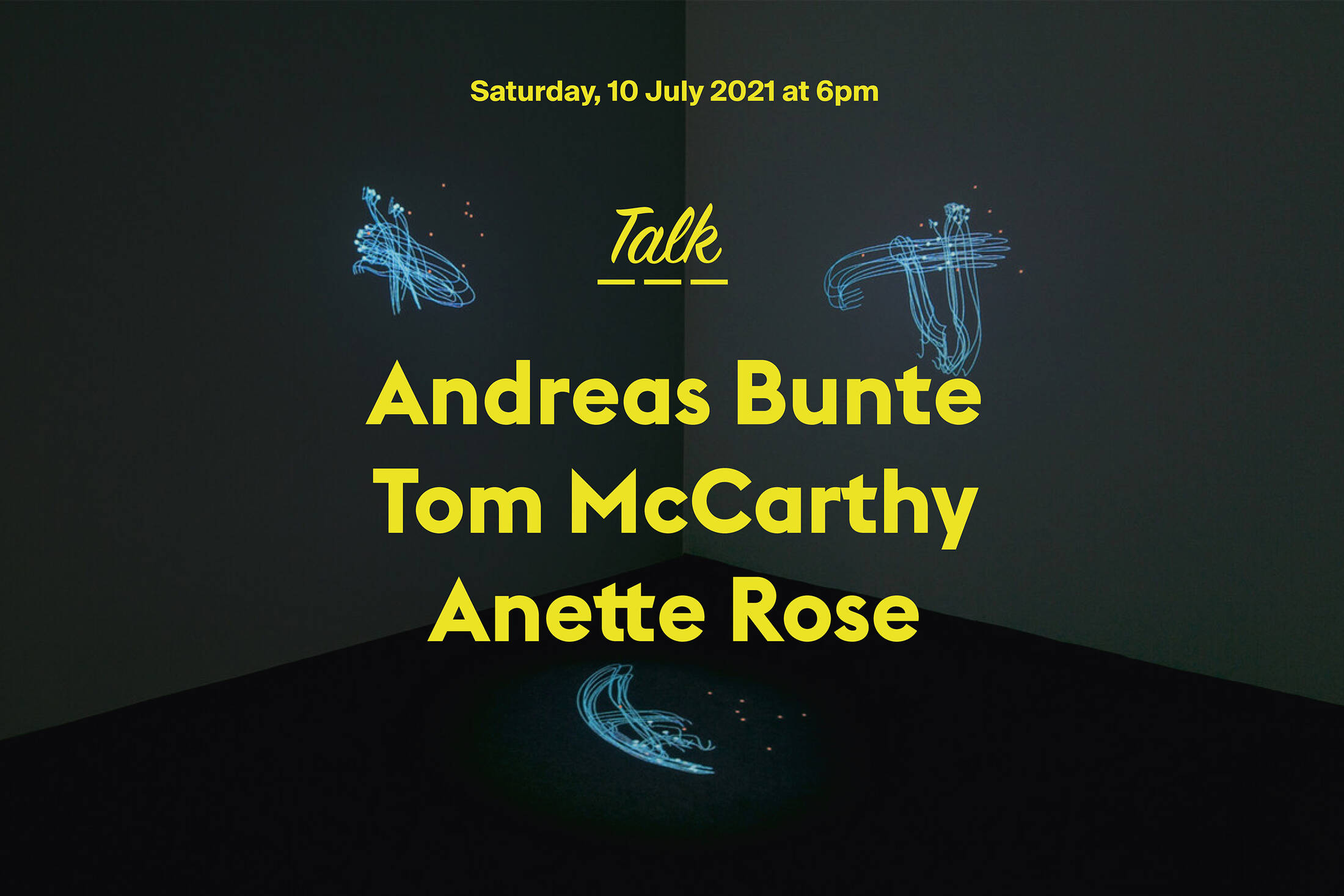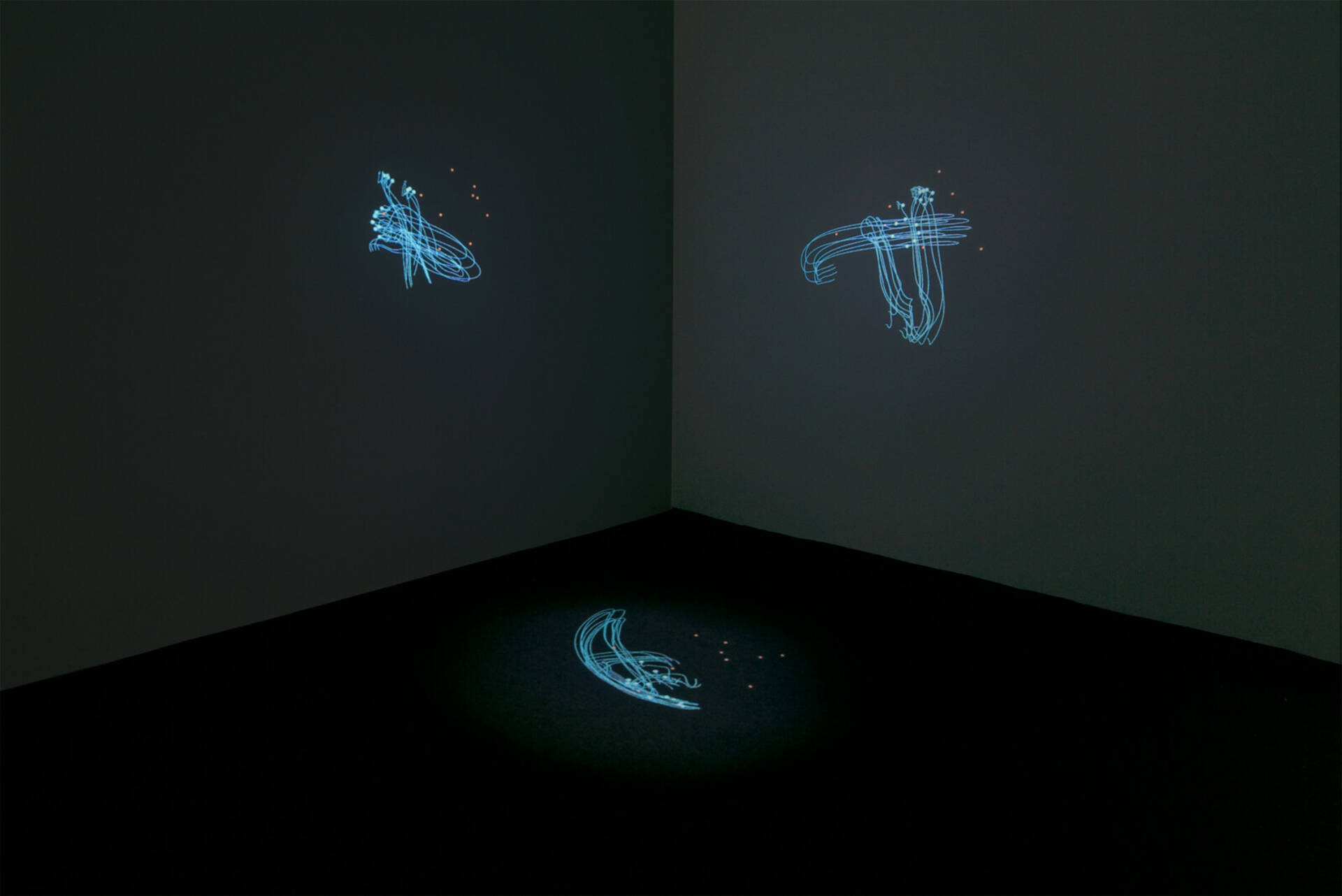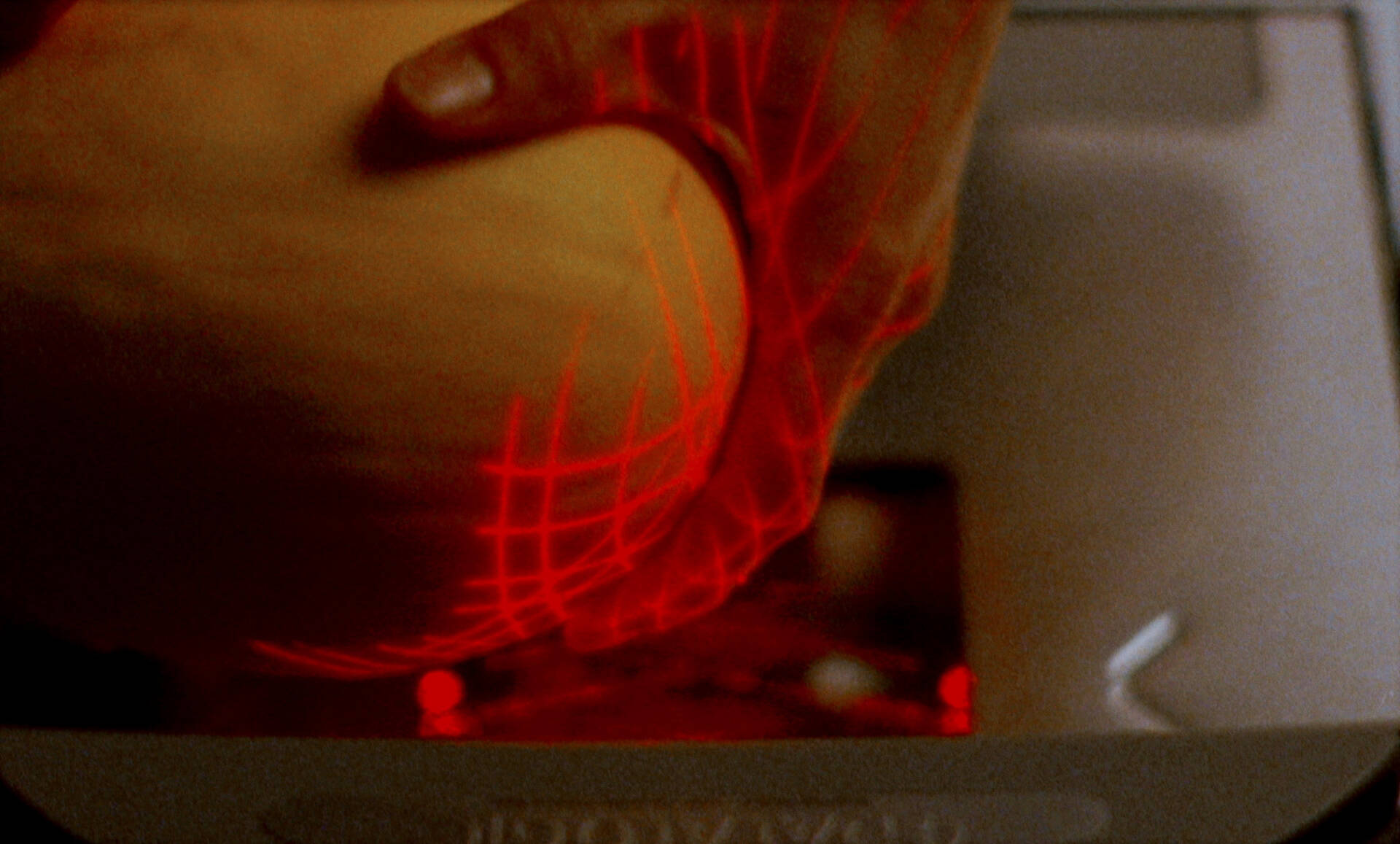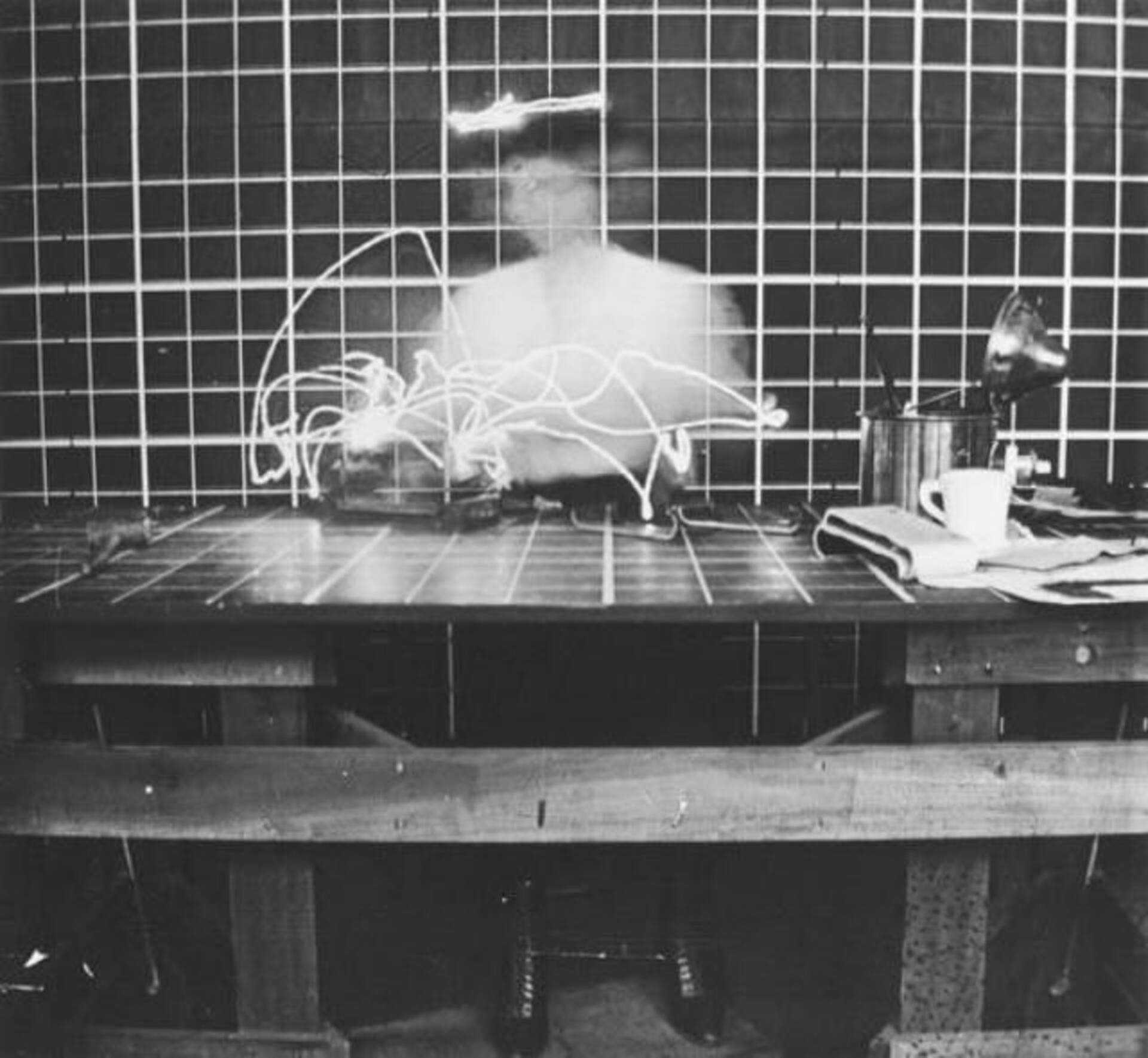SCHARAUN invites to the FINALE of the online film series KINO SIEMENSSTADT The Complex of Labour & Finissage of the exhibition Anette Rose Techno Textiles
Saturday, 10 July 2021 from 4-9pm
Motion Studies >>> Talk, 6pm
Andreas Bunte, Tom McCarthy, Anette Rose
Scharaun, Jungfernheideweg 4, 13629 Berlin
Andreas Bunte appropriates filmic strategies developed in the context of scientific motion studies, anthropology or forensics to investigate the interplay between technology, architecture and the human body. He will present some of his recent work.
Novelist Tom McCarthy reads from his forthcoming novel ’The Making of Incarnation’, a longue-durée study of bodies in motion that tracks contemporary motion-capture techniques back to the Gilbreths, Marey and beyond.
Anette Rose introduces her installation “Captured Motion,“ which relates to early studies by Lillian E. and Frank B. Gilbreth and uses video, high-speed, motion capture, and diagrams to render implicit knowledge visible.
10min introductions each followed by a conversation about motion studies.
The Talk „Motion Studies“ is beginning with an early chapter of the experimental industrial films by Lillian E. and Frank B. Gilbreth (U.S.A).
Andreas Bunte, Tom McCarthy and Anette Rose have all come across these two prominent figures in their work by way of filmmaking, fiction writing or video production. For Frank Bunker Gilbreth (1868-1924), a pioneering management consultant, the aim of their film studies with cyclegraphs (Photo: Motion efficiency study, 1914) was simply to improve the efficiency of repetitive tasks. Together with his wife and professional partner Lillian Evelyn Gilbreth (1878-1972), an industrial psychologist, they set up various research apparatuses for time-and-motion studies which almost a century later developed into the more widely known digital motion capturing. This efficiency process was often criticized for rationalizing factory workers’ performances and thus making work inhumane, but the Gilbreth’s were more compassionate in their thinking than some other exponents of scientific management since one of their aims was to reduce needless fatigue at the working place. Their lives were extraordinary in another aspect as well: together with their twelve childen they were the subject of two Hollywood films in 1950 and in 2003 based on the book „Cheaper by the Dozen“ written by their two children Frank B. Gilbreth, Jr and Ernestine Gilbreth Carey published in 1948.



